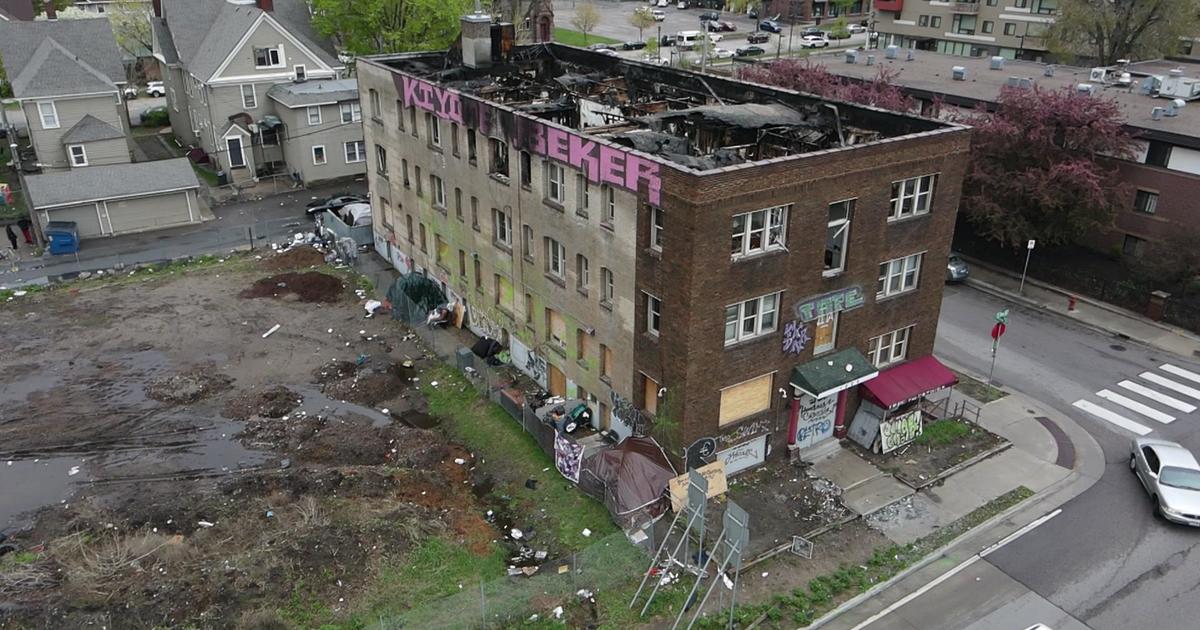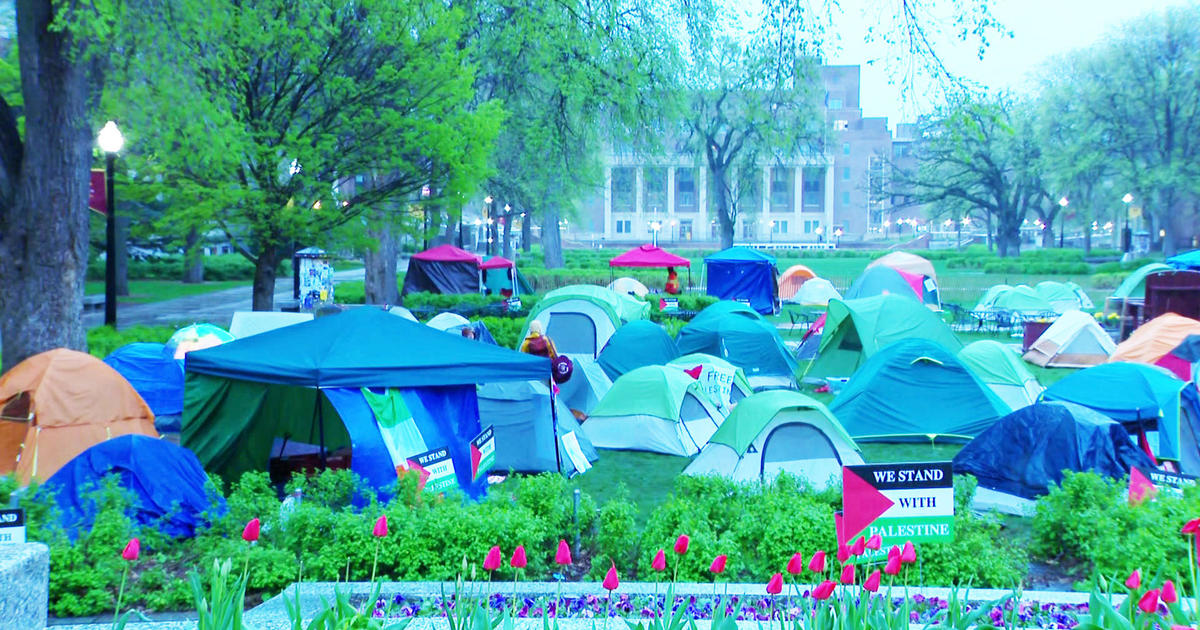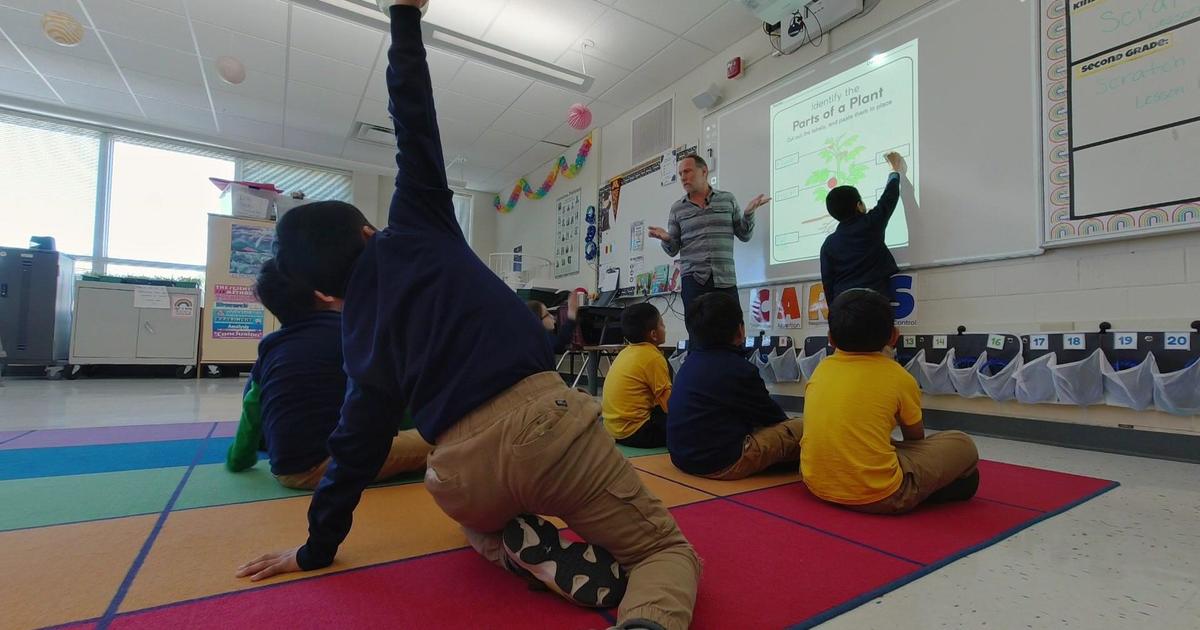Fewer Cold-Related Deaths This Winter, But Homeless Still Feel Freeze
MINNEAPOLIS (WCCO) - This year's mild winter was still cold enough to turn deadly.
Exposure to the cold was a factor in the deaths of at least 43 Minnesotans from Oct. 1, 2014, through the end of March, according to the state Department of Health.
But a colder winter is not necessarily more fatal. Last winter, there were just six more cold-related deaths, even though there were 19 more days with sub-zero temperatures. And in 2012-13, which was even warmer than this year, 53 people died from the cold, the most of any winter in the past six years.
Alcohol and drugs played a role in almost half the deaths this winter. Alcohol can make you feel "warmer," but it expands blood cells near the skin, increasing the possibility of hypothermia and the speed of its onset.
Head injuries and exposure to icy water were also common factors in the cold-related deaths. In late December, two Wisconsin men drowned in Lake Superior, near a Minnesota resort, when one man tried to rescue another who had fallen in.
Winter and homelessness
Despite 32 days with temperatures below zero, only a few homeless Minnesotans died from the cold this winter.
In October, a homeless person was found dead in the woods in Ramsey County, showing signs of hypothermia and ethanol abuse. The temperatures hadn't fallen below the high 30s in over a week. In December, a homeless 43-year-old woman was found dead in the Seward neighborhood of Minneapolis by someone shoveling snow. And in March, a homeless veteran died in St. Paul's Indian Mounds Regional Park.
"The numbers have gone down largely because the community of providers has really done a much better job of identifying people who are outside and unsheltered," said Gail Dorfman, the executive director of St. Stephen's Human Services. "We're shifting, particularly in Minneapolis, from a criminal justice response to a social service response."
During the coldest spells, many Minnesota shelters keep their doors open all night, the Salvation Army sends vans into the streets, St. Stephen's dispatches its outreach team, and downtown bouncers and security guards alert shelters to people in need.
Experts say the most dangerous times are actually in the fall and spring, when warm days cause people not to seek shelter, but temperatures plummet overnight.
"When it is so cold, people are very careful," Scott Smith, an MDH spokesperson, said.
Dementia, schizophrenia, and other forms of mental illness or brain damage are often contributing factors in cold-related deaths.
"There are some people who have profound mental illness," said Trish Thacker, the program director at a Minneapolis Salvation Army homeless shelter. "They're either out of touch with their sensations and don't know that they're cold, or they have paranoia and determine it's better to be outside and risk freezing to death than to risk engaging with people."
There's no doubt Minnesota's more than 10,000 homeless residents are feeling the cold, even when it doesn't kill them.
"We have a lot of folks who come in with frostbite," Thacker said. "They lose fingers and toes, and they end up in the ER and have appendages amputated. They come to us for recovery, and it's tough to be in a homeless shelter after surgery."
By Zac Farber



